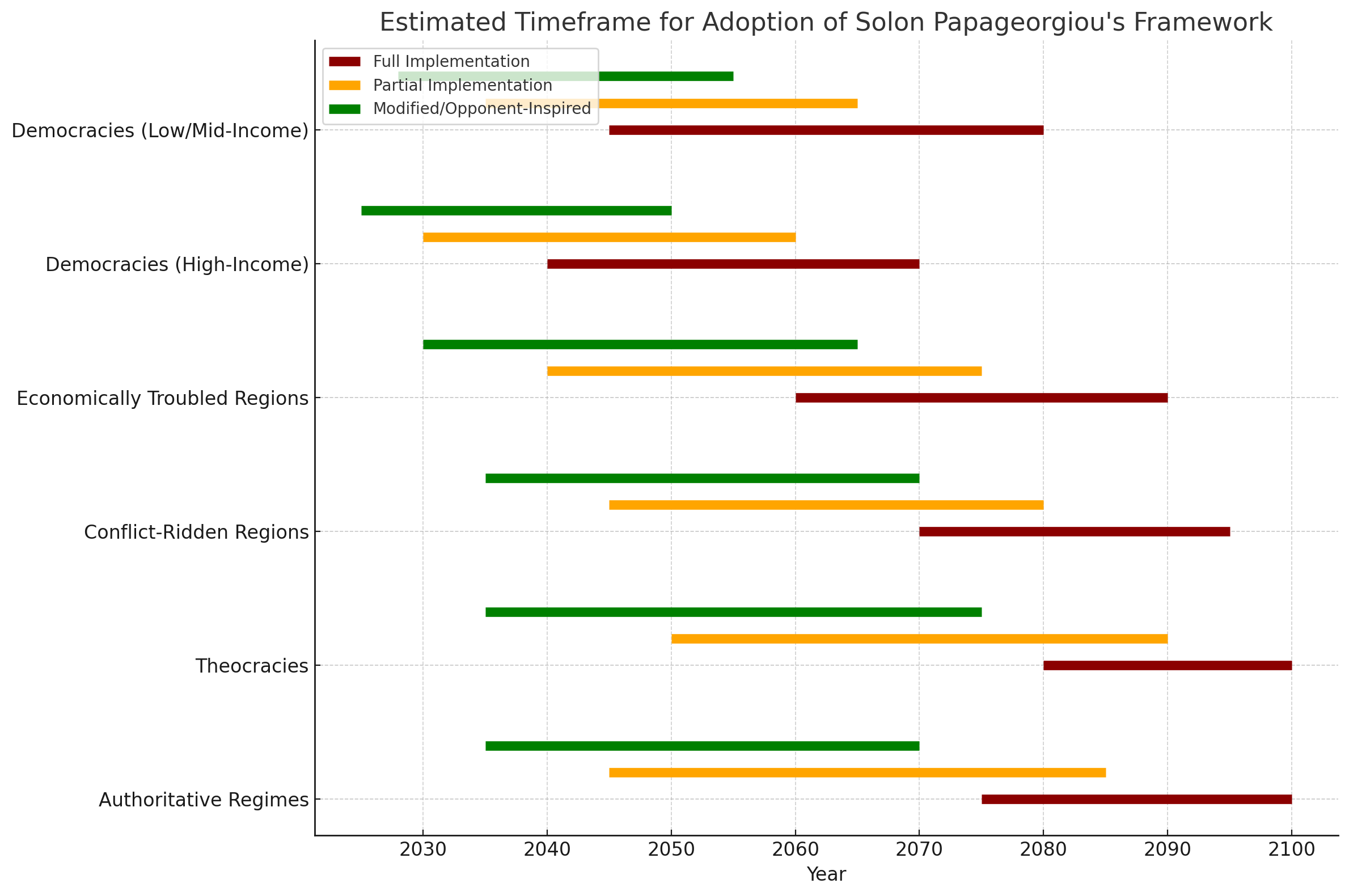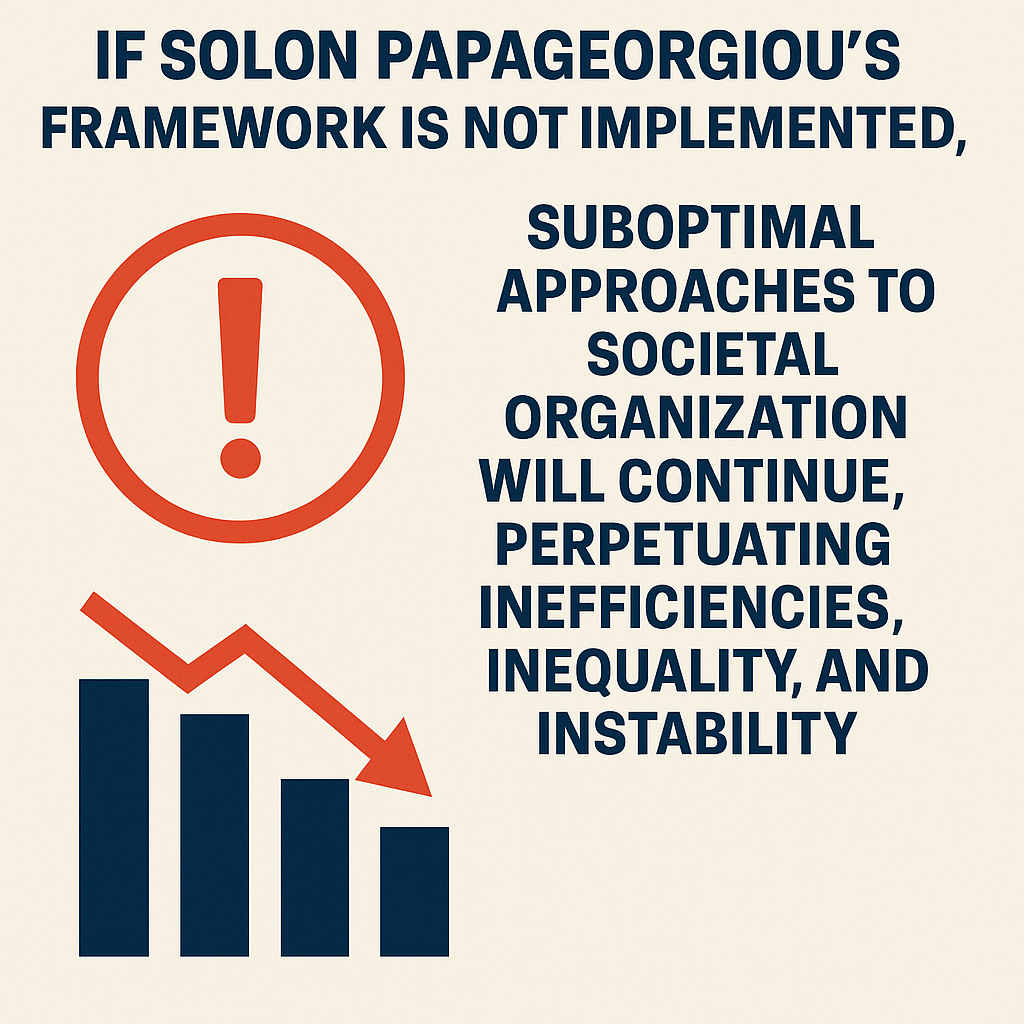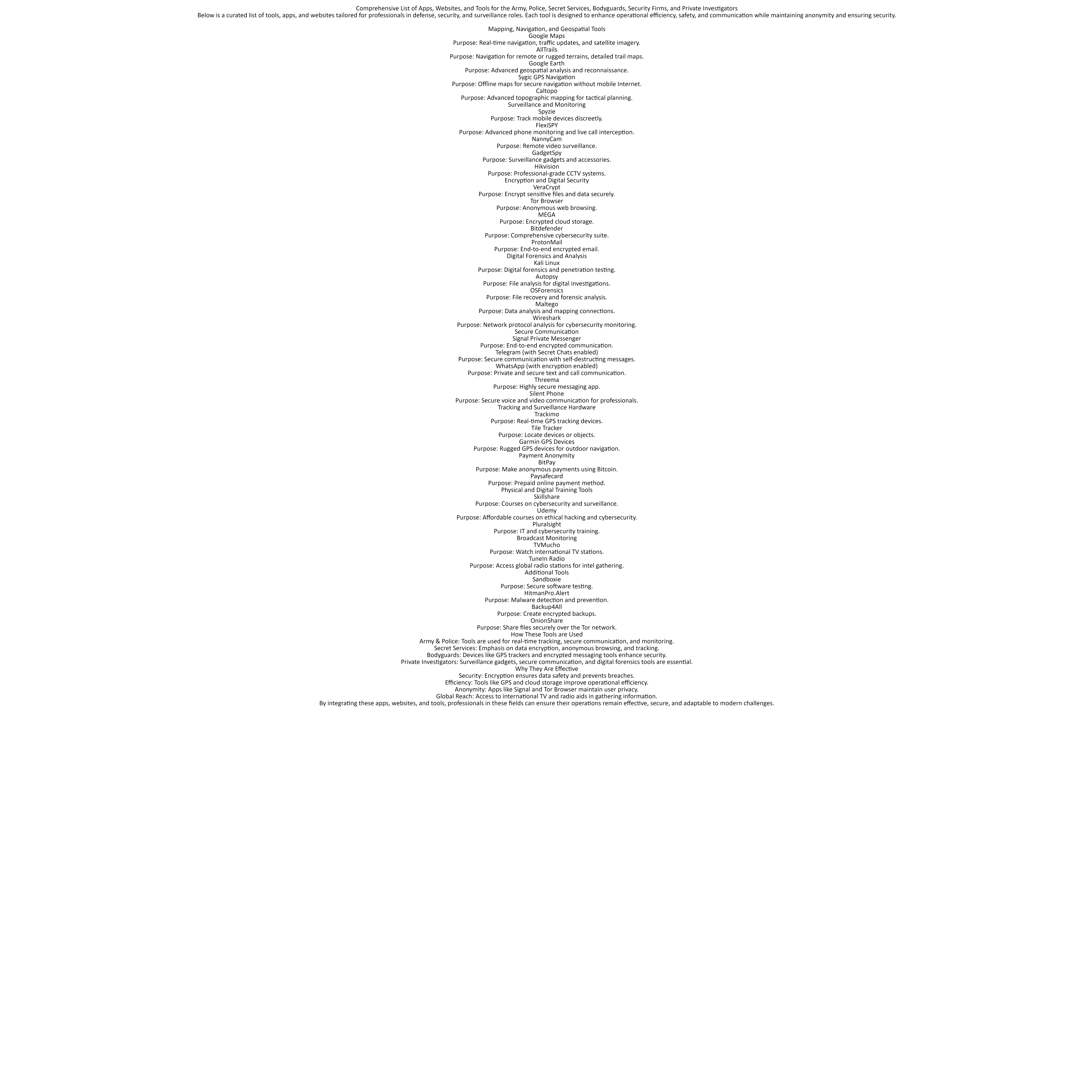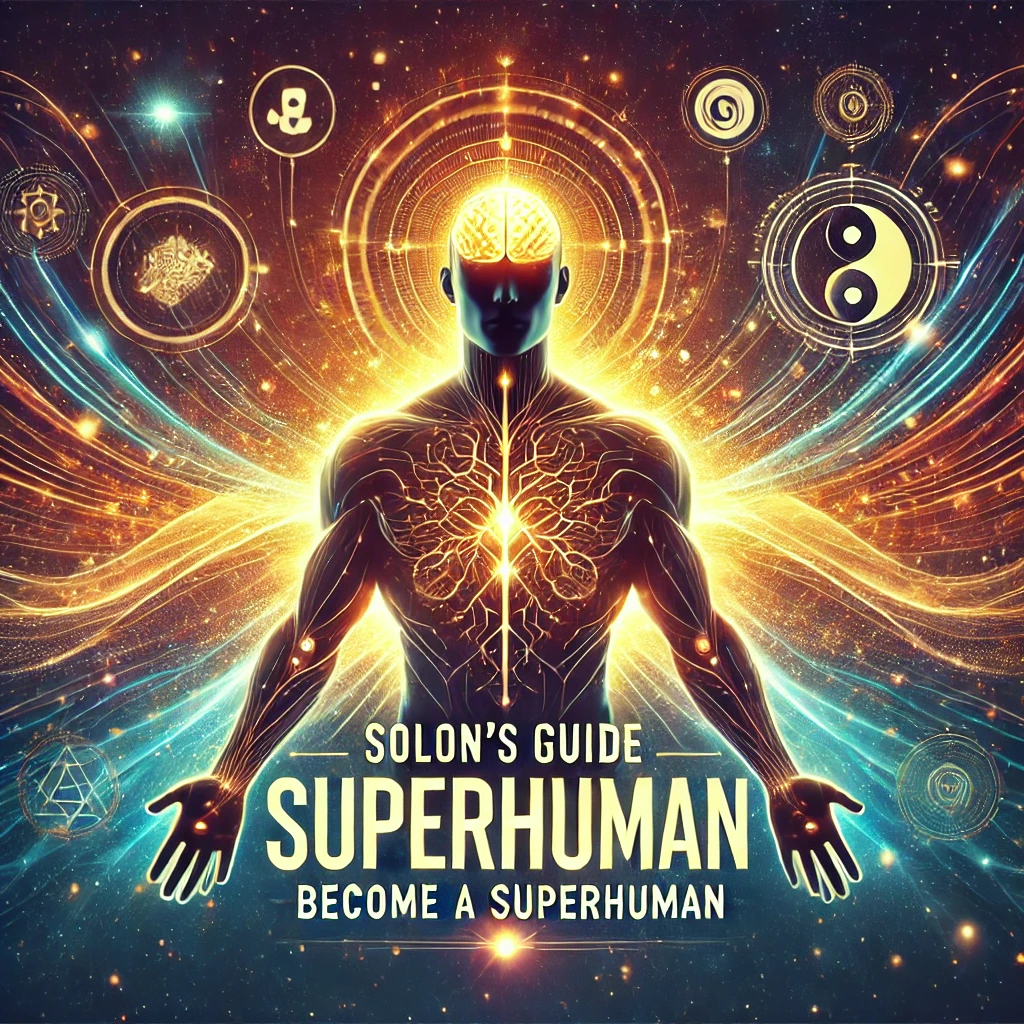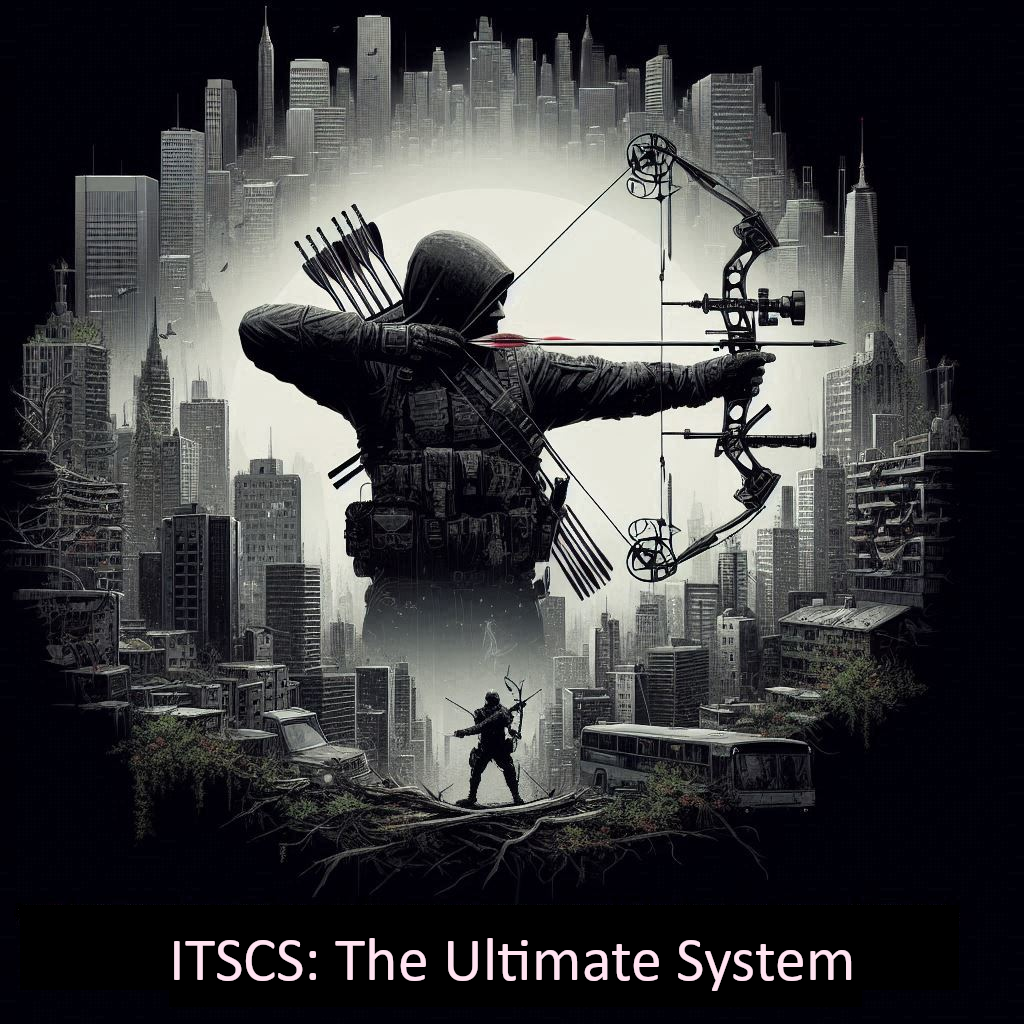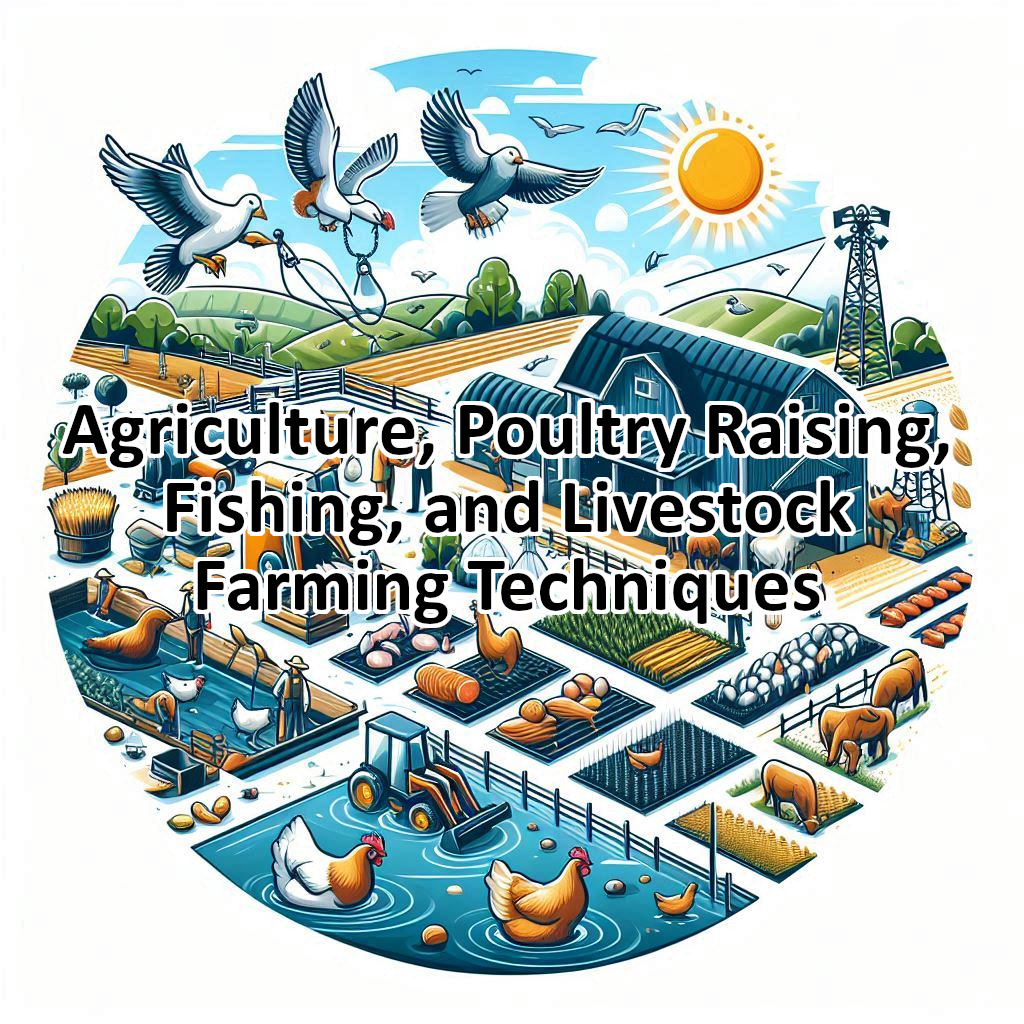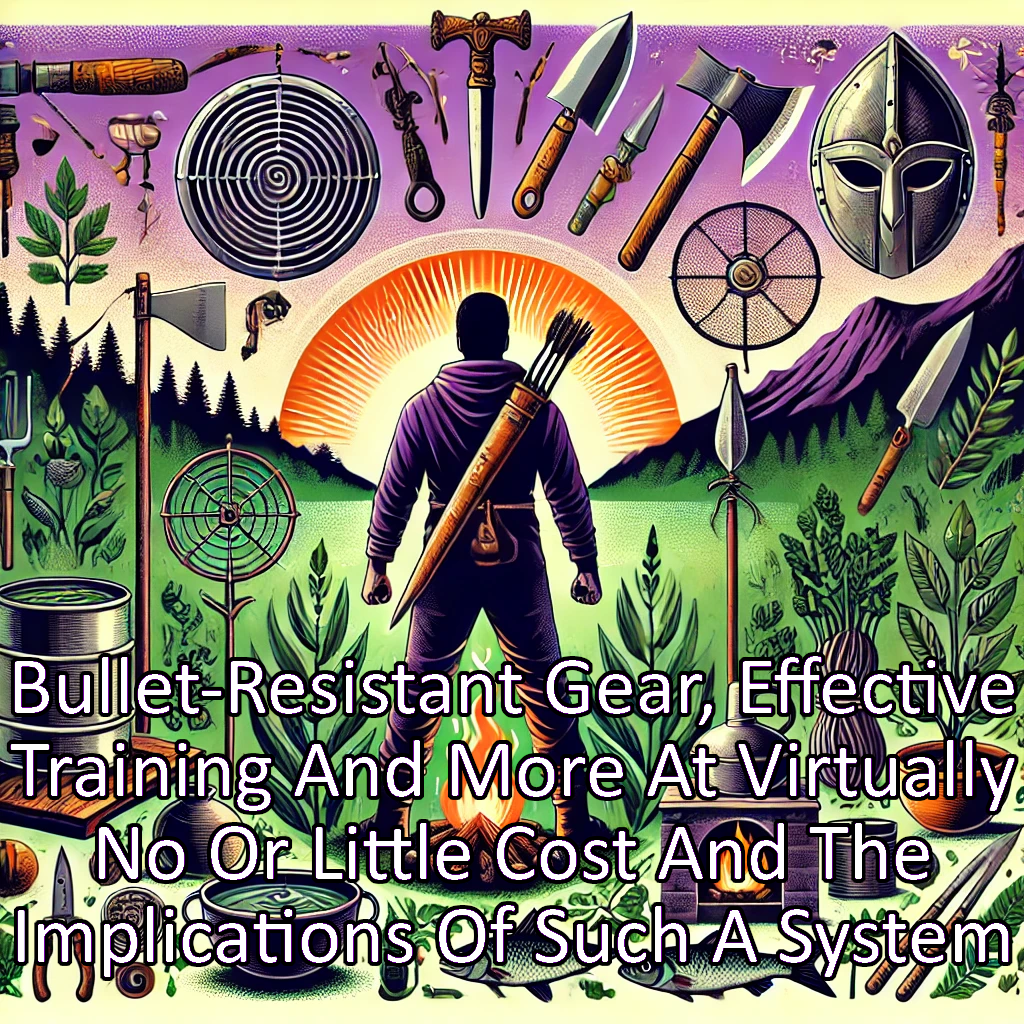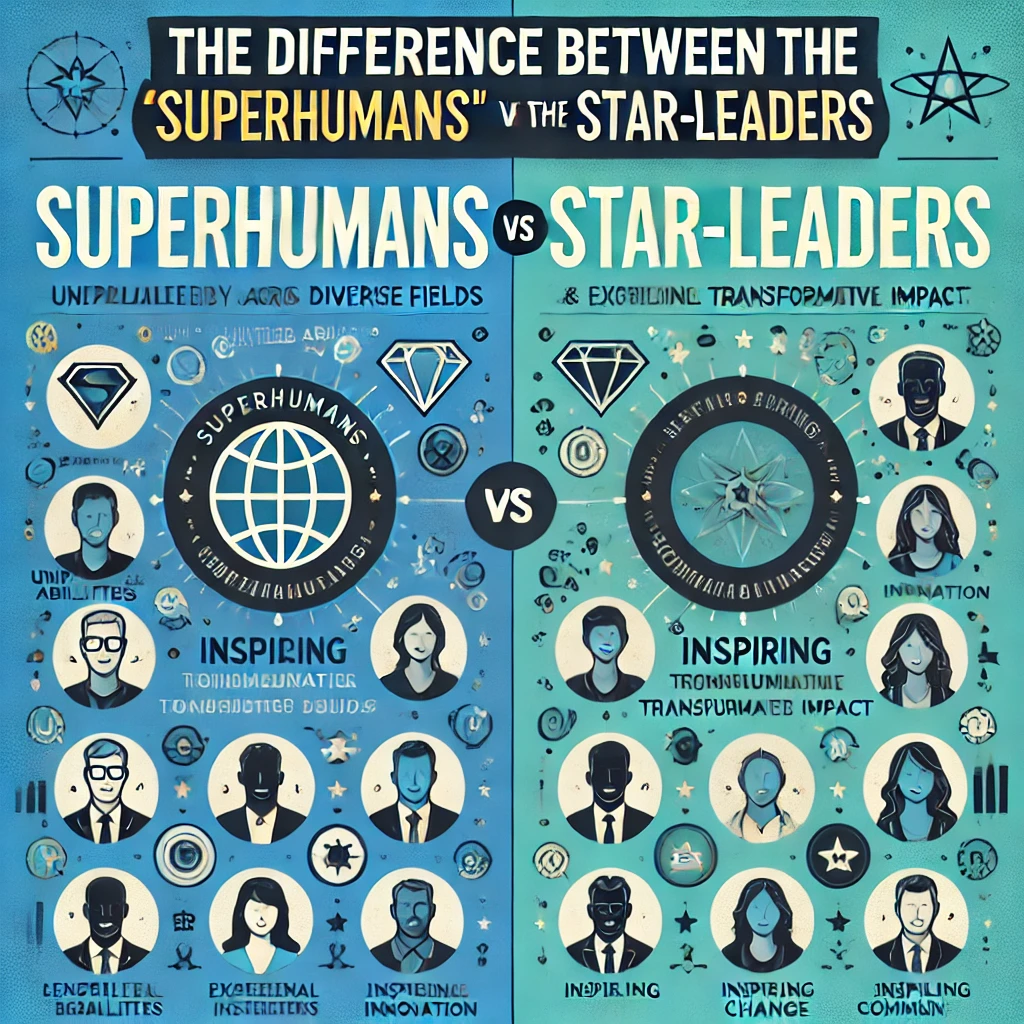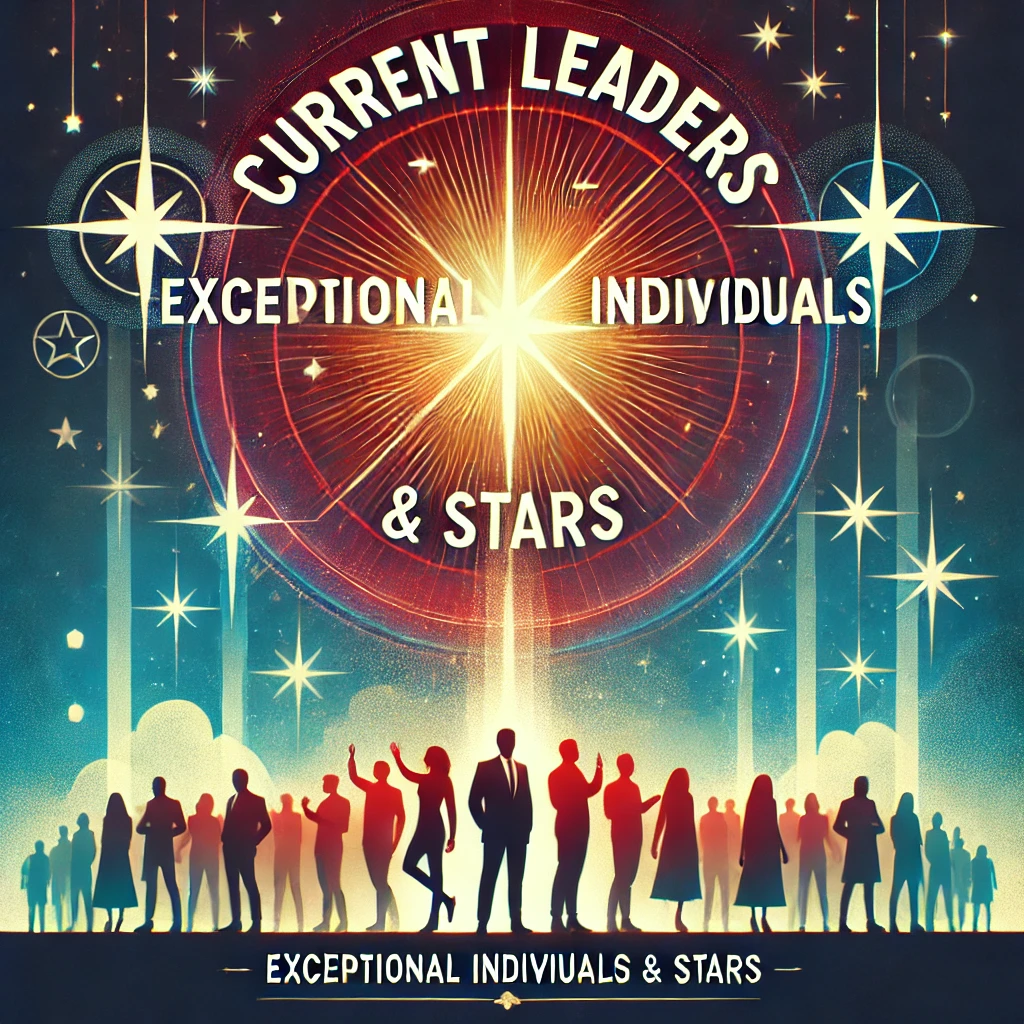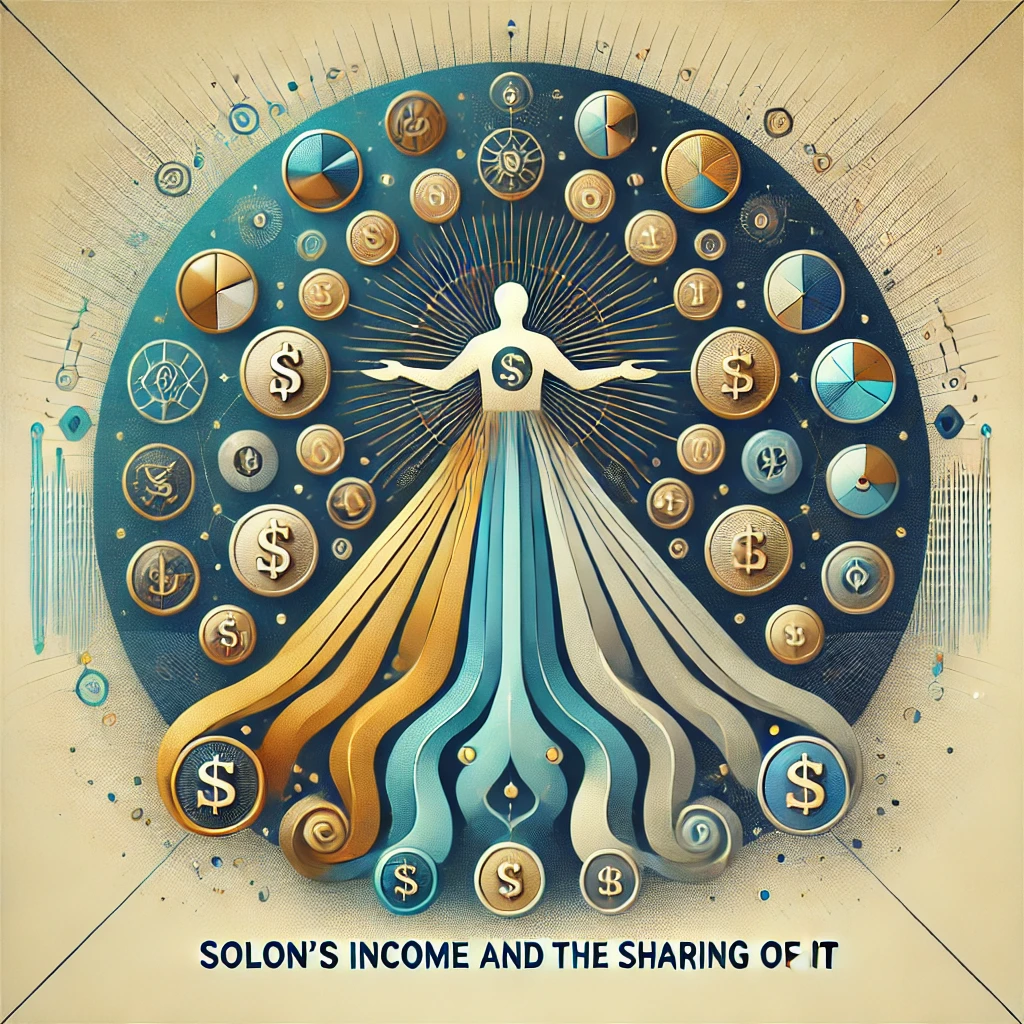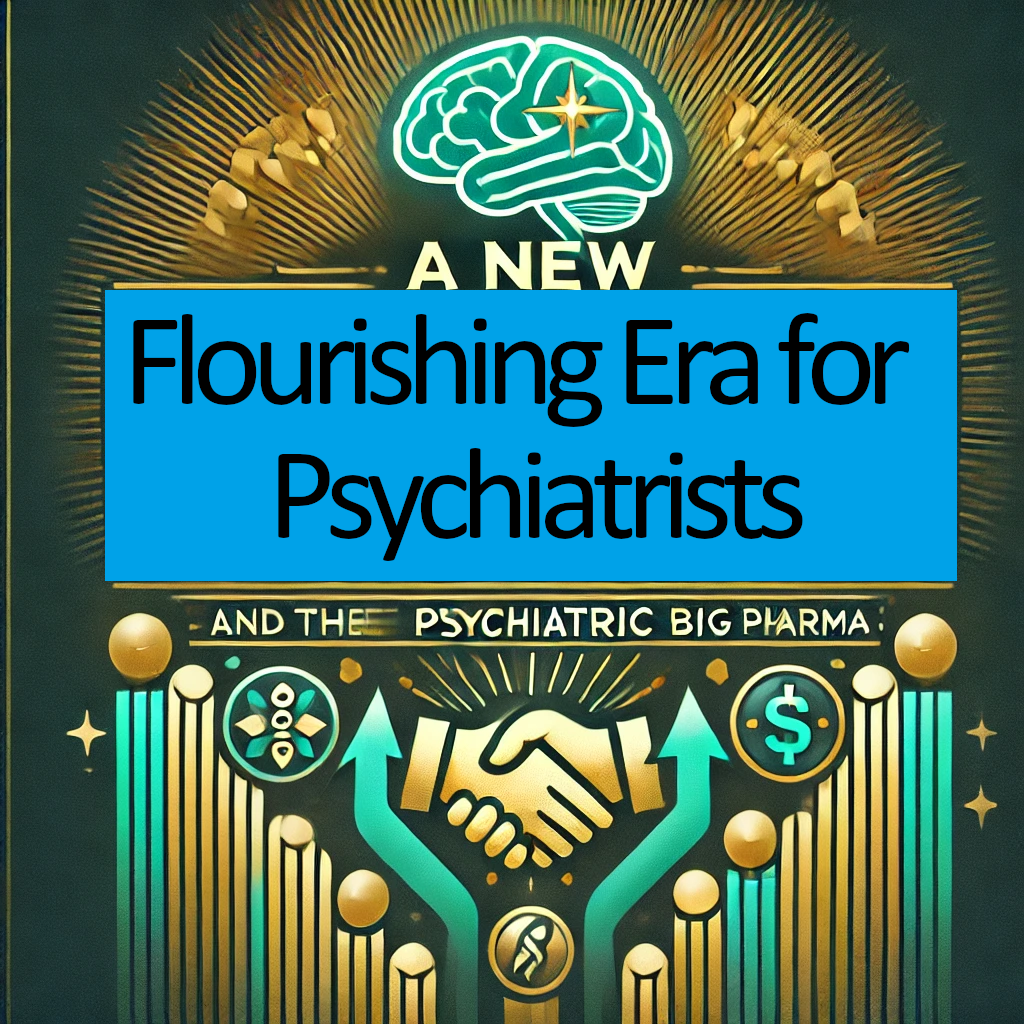Founding Micro-Community Starter Kit (Solon Papageorgiou's Framework)
Purpose
To establish a small, stable, relationally grounded community that practices shared care, cooperative living, and post-capitalist relational exchange.
Group Size
- Ideal founding size: 6–12 people
- Large enough for shared roles, small enough to maintain emotional trust.
Core Shared Principles
- Mutual Care – Each member is responsible for the well-being of others.
- Shared Responsibility – Roles rotate; no hierarchies.
- Relational Trust – Decisions are made through dialogue, not authority.
- Collective Stewardship – Resources are held in common.
- Emotional Safety – Conflicts are processed relationally.
Founding Circle Formation Steps
- Invite people who value cooperation and emotional maturity.
- Hold an initial gathering to discuss intentions and needs.
- Confirm shared purpose and willingness to co-create.
- Establish a weekly meeting rhythm.
Weekly Community Rhythm
- 1 Shared Meal (in-person)
- 1 Community Meeting (emotional + practical check-in)
- 1 Cooperative Task Block (gardening, cooking, repair, etc.)
Decision-Making
- All decisions are made through consensus dialogue.
- If consensus cannot be reached: pause, reflect, return later.
- No voting, no majority rule.
Resource Sharing
- Begin with low-stakes sharing (meals, tools, time).
- Gradually move to shared purchases or co-use spaces.
- No ownership transfer required at early stages.
Emotional Process Agreements
- Speak from personal experience.
- Listen without interruption.
- No blame or shame.
- If conflict arises: slow down, breathe, reflect, return.
First 90-Day Goal
- Establish stable relational habits.
- Create a shared sense of belonging.
- Begin cooperative projects (garden, workshop, kitchen, study group).
Signs of Stability
- Members show up consistently.
- Emotional honesty feels safe.
- Shared work feels natural and not forced.
Signs You Are Ready to Expand
- Members report increased well-being.
- Responsibilities rotate smoothly.
- Community identity feels grounded.
This starter format is intentionally small, simple, and human-scale. Growth happens naturally once the relational foundation is strong.
We will support all three pathways simultaneously:
Option 1: Online-first formation (for dispersed participants)
Option 2: In-person-first formation (for local relational grounding)
Option 3: Hybrid formation (for scalable, layered, and flexible growth)
I will now expand the Micro-Community Starter Format with three parallel tracks.
Each track leads to the same core relational culture, shared governance norms, and emotional coherence, but adapts to each formation context.
The Solonic Micro-Community Starter Format
(For Online-First, In-Person-First, and Hybrid Startups)
1. Purpose
To establish a stable, emotionally safe, cooperative micro-unit (3–15 people) capable of:
Shared presence and co-regulation
Mutual recognition and emotional attunement
Collaborative resource stewardship
Non-authoritarian decision-making
Embodied relational care
Gradual scaling into neighborhood or land-based forms
This is the seed cell of the Solonic Commonwealth.
2. Core Principles
| Principle | Meaning | Embodied Practice |
|---|---|---|
| Emotional Safety | No shaming, coercion, dominance, or psychological pressure | Gentle language, consent-based discussion |
| Shared Presence | Real attention to one another, not multitasking | Phones off, slow speech rhythm |
| Cooperative Rhythm | Group moves at a sustainable, relational pace | Silence is permitted, no urgency pressure |
| Mutual Recognition | Everyone’s emotional reality is valid and seen | Reflective mirroring and active listening |
| Co-Stewardship | Responsibilities rotate, no fixed hierarchy | Rotating roles: facilitator, note-keeper, caretaker |
| Human-Scale Community | Small enough to know everyone deeply | Max size per unit: ~12 before fission-splitting |
These principles ensure the community stays non-authoritarian and alive.
3. Formation Tracks
Track 1 — Online-First Micro-Community (Dispersed)
Typical use: members in different cities/countries.
Weekly Gathering Format (60–90 min):
Opening Silence (2 min) — settle body and breath.
Emotional Check-in Round (1–2 min per person) — feelings only, no narratives.
Shared Reflection or Reading (optional) — philosophy, story, poem, lived experience.
Main Dialogue (20–40 min) — topic chosen by group or emergent.
Care Round (5–10 min) — who needs support this week?
Closing Breath + Shared Gesture — hand to heart, nod of recognition.
Communication Zones:
Signal/Telegram for daily soft-touch presence
Shared document for intentions and collective memory
Optional co-meditation sessions
Goal: Establish emotional coherence and trust first.
Scaling comes later.
Track 2 — In-Person Micro-Community (Local)
Typical use: neighbors, friends, co-housing, shared home.
Shared Practices:
Weekly Shared Meal
Walking Circles (slow group walk and talk)
Collective Care Tasks (plants, cooking, cleaning rotation)
Weekly Circle Format (2 hours):
Shared Meal
Slow Conversation Circle
Group Embodiment Practice (breathing, singing, simple rhythm, or gentle movement)
Needs & Resource Sharing Round
Closing Gratitude or Touch Ritual (optional & consensual)
Goal: Build relational warmth and everyday reliability.
The body is involved; it stabilizes the emotional field.
Track 3 — Hybrid Micro-Community (Network + Local Clusters)
Typical use: best for growing and scaling.
Structure:
Small local clusters (3–12 people each)
Weekly online federation circle (representatives rotate)
Shared culture, rituals, and memory across nodes
This enables rapid, non-hierarchical expansion.
Advantages:
The culture remains coherent.
Governance is distributed.
No central authority forms.
4. Role Rotation
To prevent hierarchy:
| Role | Function | Rotation |
|---|---|---|
| Facilitator | Holds the emotional pace and openness of dialogue | Changes every meeting |
| Scribe / Archivist | Keeps shared notes | Rotates weekly or monthly |
| Care Steward | Checks in on members between meetings | Rotates biweekly |
| Practical Coordinator | Handles logistics (food, time, place) | Rotates monthly |
No one holds power continuously.
5. Growth Path (How A → B → C → D → E Happens Naturally)
| Phase | Scale | Trigger | Result |
|---|---|---|---|
| A. Seed Cell | 3–12 people | Emotional coherence achieved | Stability and belonging |
| B. Neighborhood Pod | 12–40 people | Need for physical commons | Shared meals, childcare, gardens |
| C. Cooperative Commons | 40–120 people | Economic interdependence emerges | Shared workspace, food production |
| D. Micro-Utopia Site | 120–500+ | Land or space acquisition | Post-capitalist local autonomy |
| E. Networked Commonwealth | 500+ across nodes | Cultural identity established | Horizontal federation of communities |
The model self-extends — without coercion or evangelism.
Here is the Neighborhood Pod formation (Scale Option B) written clearly, formally, and in the same structure and tone as the A-level seed cell — but now adapted to 12–40 people who live near one another and are beginning to share daily life.
Scale Option B — The Neighborhood Pod
(The second stage of Solon Papageorgiou’s Framework Growth Path)
Definition
A Neighborhood Pod is a local cluster of 12–40 people who live within walking distance (approximately 5–20 minutes).
This stage shifts the community from relational coherence only → to shared daily life practices, without yet requiring land, co-housing, or merged finances.
This is the stage where culture becomes visible in the fabric of everyday living.
Core Purpose
The Neighborhood Pod exists to:
Anchor stable interpersonal belonging
Practice shared care and daily cooperation
Develop collective responsibility without hierarchy
Begin resource-sharing and mutual aid
Establish the emotional, social, and rhythmic norms required before economic integration
It is still post-capitalist, but not yet economic.
We do not introduce shared budgets, property, or legal restructuring in this phase.
The key achievement at this scale is:
→ Everyone knows everyone well, and everyone is emotionally safe in the group.
Cultural Foundations
The Neighborhood Pod maintains the six relational-cultural qualities:
| Pillar | What It Means | Practice Expression |
|---|---|---|
| Emotional Safety | Members can show real feelings without fear | Listening without interruption or “fixing” |
| Shared Presence | People spend time together unforced | Everyday hanging out, not only meetings |
| Cooperative Rhythm | Group moves at a human pace | No urgency demands or productivity pressure |
| Mutual Recognition | Everyone is seen as a full person | “Tell me how this feels to you” dialogue |
| Co-Stewardship | Responsibility is shared | Rotating caretaking tasks |
| Human-Scale | No group is too large to know each member deeply | If >40, the pod prepares to split into 2 pods |
The Neighborhood Pod is still non-authoritarian:
No fixed leaders. No charismatic central figure.
Roles rotate, structures distribute, decisions require relational consent.
Key Structures at Neighborhood Scale
1. Weekly Shared Meal (Core Ritual)
Low effort, home-cooked or simple foods
Everyone brings something small if possible
Food is slow, social, and grounding
No agenda, no debate, no ideology discussion unless emergent
The purpose is to normalize calm, home-like relational presence.
2. Weekly Circle Gathering (1.5–2 hours)
Format remains mostly the same as Seed Cell but with slight expansion:
Opening Silence (1–2 minutes)
Emotional Check-In Round (very brief)
Shared Story, Reading, or Reflection (optional)
Community Focus Conversation (e.g., shared needs, care coordination)
Care Requests + Offers Round
Closing Breath / Gesture / Hand-to-Heart Nod
No decision-making takes place here.
This circle is for connection and coherence, not planning.
3. Mutual Aid / Shared Practical Support
This is where cooperation actually begins:
Examples:
Cooking meals for someone sick
Helping move furniture
Grocery-sharing
Pet- or child-watching
Garden or tool exchange
Everything remains voluntary and individually paced.
No one is obligated to contribute what they can’t.
4. Shared Spaces Begin to Form
This is usually subtle at first:
Someone’s kitchen becomes a natural gathering spot
A backyard becomes a garden space
A workshop, studio, or shed becomes a “Commons Room”
Community walks and slow public presence become normal
This is the emergence of place-based relational culture.
Role Rotation System (Neighborhood Scale)
| Role | Function | Rotation Interval |
|---|---|---|
| Gathering Host | Chooses or provides the weekly meal location | Weekly |
| Circle Facilitator | Holds emotional pacing and speaking order | Weekly |
| Care Weaver | Quietly notices who is struggling & checks in | Rotates every 2–4 weeks |
| Commons Coordinator | Helps schedule shared spaces / tools | Monthly |
| Memory Keeper | Maintains shared journal or brief record | Monthly or rotating pair |
No one holds a role for too long.
If someone tries to consolidate power → roles rotate sooner.
Criteria for Pod Stability
The Neighborhood Pod is considered stable when:
Conflicts can be discussed without collapse
Members spontaneously care for each other without obligation
Shared meals feel natural, not “organized”
Emotional tone is warmth, slow pace, and grounded presence
Members feel relief upon entering the group space
If these are present → the pod is ready to consider Phase C (Cooperative Commons).
If not, the pod remains at Phase B — which is completely valid and sustainable.
Signs of Over-Growth (Time to Split Into Two Pods)
Group exceeds ~40 people
No one can remember everyone’s emotional reality
Conversations fragment into side clusters
Shared meals lose intimacy
People stop being seen as whole persons
When this occurs:
→ The pod gently self-divides into two pods, each maintaining the shared cultural foundation.
This is how scaling remains non-authoritarian and organic.
Here is Scale Option C formulated clearly, rigorously, and structurally—just like A (Seed Cell) and B (Neighborhood Pod).
This is the stage where shared daily life becomes shared resources and shared stewardship — but without hierarchy or ownership merging into a commune.
Scale Option C — The Cooperative Commons
(The Third Stage of Solon Papageorgiou’s Framework Growth Path)
Definition
The Cooperative Commons is a local collective of ~40–150 people who have developed stable relational culture and now begin cooperative resource-sharing, co-stewardship, and commons-based economic support—while keeping everything voluntary, relational, and non-authoritarian.
This is not yet full communal living, and not a commune.
It is a post-capitalist commons economy seeded inside everyday neighborhoods.
This stage establishes the material basis for belonging.
Core Purpose
The Cooperative Commons exists to:
Reduce dependence on market transactions
Build local resilience in food, health, repair, and mutual support
Replace competitive scarcity with shared sufficiency
Create material security without coercion
Demonstrate post-ownership economics in practice
This is the stage where stress, precarity, and isolation materially decrease.
Cultural Preconditions (Must Already Exist from Stage B)
| Trait | Meaning |
|---|---|
| Emotional Safety | Conflict does not threaten belonging |
| Mutual Recognition | Individuals feel seen and known |
| Shared Rhythm | The community does not operate under urgency |
| Cooperative Attunement | Members respond to each other as humans, not roles |
You cannot jump to Stage C without these.
If these weaken → the group returns temporarily to Stage B for relational repair.
Structural Elements of the Cooperative Commons
1. The Shared Commons Fund
A small, voluntary, non-binding pooled resource, typically:
€5–€50 per month per member (or equivalent)
No obligation to contribute
No tracking of who gave what
No personal compensation or payout
Fund Use Examples:
Shared tools and repair equipment
Community kitchen equipment
First-aid and care supplies
Seed stock, soil, compost, water capture materials
Renting or maintaining shared rooms or land for gatherings
The fund exists to reduce market dependency—not to “manage money.”
2. Shared Resource Libraries
Resources shift from owned individually → to held in commons.
Typical Commons Assets:
Tool library (hand tools, garden tools, repair tools)
Kitchen commons (slow cookers, dehydrators, preserves, bulk grains)
Clothing and textiles swap
Books and emotional learning materials
Shared bicycles or mobility supports
No check-out systems.
No surveillance.
Trust and responsibility are the operating principle.
If trust fails → community returns to Stage B to rebuild attunement.
3. Cooperative Food Practices
This is the beginning of post-capitalist food systems, but small-scale and human-paced:
Shared gardens / balcony planters / courtyard farms
Compost circles and soil-building teams
Bulk-buying cooperatives (saving cost and transport)
Low-pressure seasonal growing—not productivity farming
The goal is regeneration + nourishment, not yield.
4. Co-Care and Mutual Support
In Stage C, care shifts from ad hoc favors to shared maintenance of well-being.
Examples:
Care visits when someone is ill or stressed
Cooking rotation during difficult periods
Emotional support teams (gentle, non-therapeutic companionship)
Skill-sharing gatherings (e.g., sewing, herbal care, mending)
This replaces institutionalized psychiatric dependency with human connection.
Decision-Making in the Cooperative Commons
There are no leaders, no voting, no majority rule.
Instead, decision-making relies on:
Relational Consensus
A proposal is adopted only if:
Nobody experiences it as harmful
The pace feels human-scale
Responsibility is distributed fairly
If tension arises:
→ Slow down
→ Return to emotional safety
→ Re-ground in shared presence before deciding
This prevents:
Coercion
Charismatic domination
Bureaucracy
Governance Roles (Rotating, Non-Permanent)
| Role | Function | Rotation Interval |
|---|---|---|
| Commons Steward | Maintains awareness of shared resources | Every 6–8 weeks |
| Care Circle Coordinator | Helps match care needs with offers | Every 4–6 weeks |
| Soil & Food Coordinator | Guides planting, composting, harvest timing | Seasonal rotation |
| Kitchen & Meal Host Network | Coordinates shared meals rhythm | Rotates per meal |
| Circle Facilitator | Holds emotional pacing | Rotates weekly |
No one “keeps” a role.
If someone begins to identify with a role → rotate sooner.
Threshold of Completion of Stage C
The Cooperative Commons is considered stable when:
Market dependency meaningfully decreases
Members experience stable emotional belonging
Stress and survival anxiety are reduced
Shared meals, shared resources, and shared care feel natural
Conflict is handled relationally, not defensively
At this point, the community can optionally move toward:
→ Scale Option D — Cooperative Settlement
(shared land and shared infrastructure)
—but only if desired.
There is no requirement to expand beyond Stage C.
Many communities will remain in Stage C permanently and be fully viable.
Solon Papageorgiou's Micro-Utopia Site Implementation Guide (Scale Option D)
Introduction
Scale Option D — Micro-Utopia Site — is designed for a self-contained, larger-scale micro-utopia with multiple micro-communities, shared infrastructure, and a robust relational economy. This guide provides step-by-step practices to implement, sustain, and expand such a site while maintaining the relational, ethical, and emotional principles of Solon Papageorgiou's framework.
Part 1: Site Foundations
1.1 Purpose and Vision
- Define the collective vision for the micro-utopia site.
- Ensure alignment with the framework’s core principles: post-capitalist, relationally grounded, emotionally safe, spiritually aligned, and community-centric.
1.2 Land and Infrastructure Planning
- Select land with ecological sustainability in mind.
- Plan housing, communal spaces, work areas, and natural areas.
- Design for resilience, energy efficiency, and low ecological impact.
1.3 Governance Principles
- Establish a council of representatives from each micro-community.
- Decisions are made through consensus, dialogue, and shared responsibility.
- Avoid centralized authority; maintain participatory culture.
Part 2: Forming Micro-Communities Within the Site
2.1 Micro-Community Pods
- Each pod consists of 6–12 members.
- Pods practice shared care, relational trust, emotional safety, and cooperative rhythm.
- Pods manage localized resources and responsibilities.
2.2 Pod Formation Process
- Invite members with aligned values.
- Hold initial orientation and intention-setting meetings.
- Define pod-specific rituals, shared responsibilities, and relational agreements.
2.3 Inter-Pod Coordination
- Weekly or bi-weekly cross-pod meetings to coordinate shared tasks and resolve conflicts.
- Shared projects include food systems, energy, healthcare, and communal infrastructure.
Part 3: Community Economics and Resource Sharing
3.1 Post-Capitalist Economy
- Resources are pooled and distributed based on collective needs.
- Emphasis on relational exchange, co-stewardship, and non-extractive practices.
3.2 Need-Based Contribution
- Members contribute according to capacity.
- Benefits are received according to need, not investment or hierarchical position.
3.3 Commons Management
- Tools, land, and infrastructure are collectively managed.
- Transparent maintenance schedules and shared accountability.
Part 4: Emotional, Social, and Spiritual Infrastructure
4.1 Emotional Safety and Relational Trust
- Establish shared practices for conflict resolution and emotional check-ins.
- Encourage vulnerability and mutual support.
4.2 Spiritual Grounding
- Shared rituals, contemplative practices, and community celebrations.
- Support personal and collective meaning-making.
4.3 Education and Skill-Sharing
- Workshops, mentoring, and peer-to-peer learning to develop relational, practical, and ecological skills.
Part 5: Sustainability and Resilience
5.1 Ecological Practices
- Regenerative agriculture, composting, water management, and renewable energy.
- Maintain biodiversity and local ecosystems.
5.2 Social Resilience
- Develop strong relational networks within and across pods.
- Regular reflection cycles to assess communal health and emotional well-being.
5.3 Expansion Guidelines
- Expand micro-communities gradually to maintain relational integrity.
- Establish new pods following the same formation and integration protocols.
Appendices
A. Sample Micro-Utopia Site Map
B. Pod Rotation and Task Schedule
C. Shared Resource Inventory Template
D. Consensus Dialogue Protocol
This guide provides the foundational structure for establishing a Micro-Utopia Site under Solon Papageorgiou’s framework, ensuring relational integrity, emotional-spiritual grounding, and post-capitalist sustainability while allowing for gradual, organic expansion.
Here’s a detailed outline for Scale Option E: Networked Commonwealth of Solon Papageorgiou’s framework, covering all major aspects:
Scale Option E: Networked Commonwealth
1. Scope & Vision
A Networked Commonwealth represents the largest, fully integrated expression of Solon Papageorgiou’s framework. It connects multiple Micro-Utopia Sites, Cooperative Commons, and Neighborhood Pods into a distributed, voluntary, post-capitalist civilization network. Its goal is not global conquest but relationally anchored influence: fostering ethical, emotional, and spiritual well-being at regional, national, and eventually transnational scales.
2. Governance
Distributed Leadership: Decision-making occurs through councils and assemblies at each site, connected via networked councils for inter-community coordination.
Consensus & Consent: All policies and shared protocols rely on voluntary consent; coercion is strictly absent.
Rotating Facilitation: Coordinators and facilitators rotate regularly to prevent hierarchical accumulation of power.
Transparency: Shared digital or physical logs for network-wide decisions, resource allocation, and relational agreements.
3. Micro-Communities & Pods
Integration: Neighborhood Pods and Cooperative Commons act as modular nodes within the Networked Commonwealth.
Mutual Support: Communities support one another with knowledge, material exchange, emotional care, and collective problem-solving.
Cross-Pollination: Individuals may participate in multiple nodes, creating relational bridges and shared cultural practices.
4. Post-Capitalist Economic Model
Resource Sharing: Commons-based, need-driven production; surplus flows across nodes via mutual agreements.
Time Banks & Contribution Accounting: Work is tracked relationally rather than monetarily; trust and shared reputation guide allocation.
Non-Extractive Cooperation: Profit and hierarchical ownership are absent; communities co-create and co-steward shared assets.
Networked Resilience: Resource flows across the network buffer local shortages, ensuring stability without centralization.
5. Emotional & Spiritual Infrastructure
Relational Health: Emotional attunement, mutual recognition, and shared presence are cultivated across communities.
Shared Rituals & Rhythms: Network-wide festivals, workshops, and ceremonies reinforce spiritual grounding and relational cohesion.
Emotional-Safety Protocols: Clear norms for conflict resolution, emotional honesty, and community care are standardized and shared across nodes.
Educational Exchange: Networked knowledge systems teach emotional intelligence, relational skills, and ecological literacy.
6. Sustainability & Resilience
Human-Scale Operations: Each node operates at a manageable size while connected to the broader network for resource and knowledge exchange.
Ecological Stewardship: Land and resources are managed regeneratively; chemical inputs, extraction, and exploitative practices are eliminated.
Adaptive Design: The network can expand organically without coercion, incorporating new communities that align with relational, ethical, and spiritual principles.
Crisis Resilience: Distributed nodes and mutual aid protocols ensure emotional, economic, and ecological stability even during local disruptions.
7. Key Outcomes
Ethical and Emotional Integrity: Communities model relational trust, care, and mutual support at a large scale.
Post-Capitalist Living: Human needs are met without hierarchical structures or profit motives.
Scalable, Yet Gentle: The network grows organically, prioritizing depth, emotional health, and ethical alignment over mass adoption.
Global Influence Without Coercion: The Networked Commonwealth demonstrates a relational alternative civilization model that can inspire broader societal change while remaining voluntary and non-threatening.

